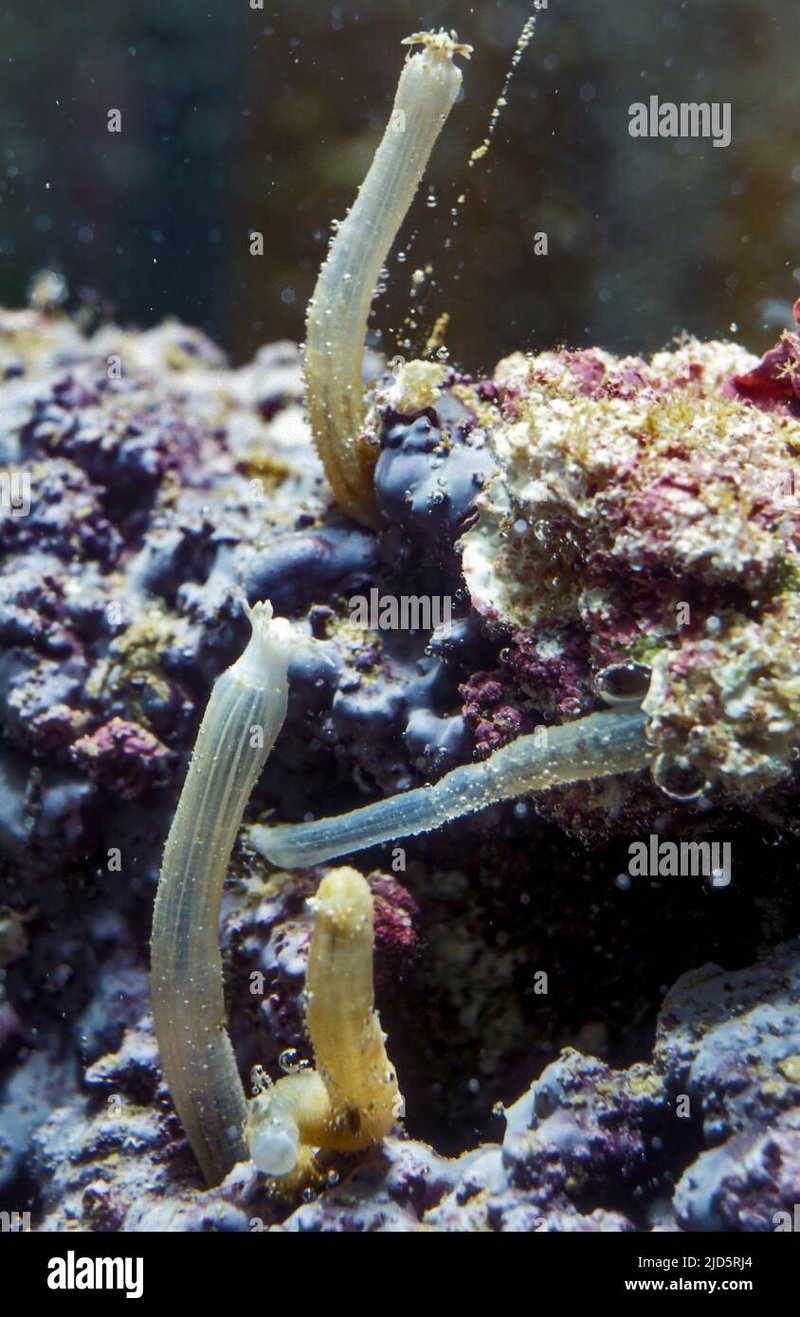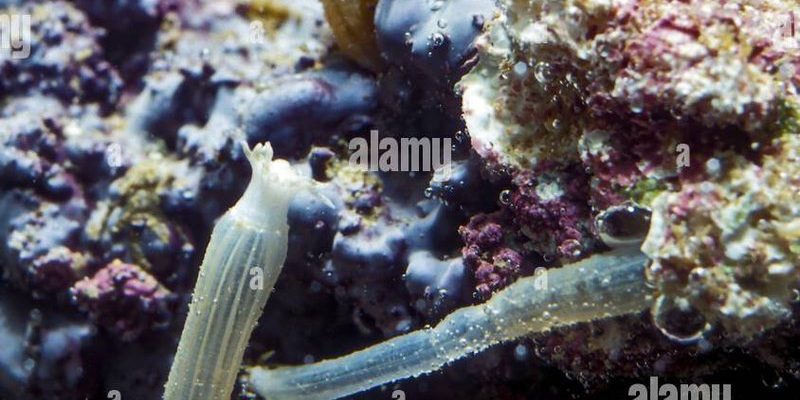
Peanut worms, or *Sipuncula*, are marine animals resembling small, squishy tubes. They live in soft substratum like sand or mud in both oceanic and brackish waters. Although they don’t get as much attention as dolphins or your backyard worms, their contribution to the ecosystem is vital, much like the bread that holds a delicious sandwich together. Let’s dive into the world of peanut worms and explore how they impact both soil and aquatic ecosystems.
What Are Peanut Worms?
Peanut worms belong to the phylum Sipuncula, which makes them interesting in their own right. They might not be called cute, but they possess a certain charm with their long, tubular bodies and a retractable proboscis that resembles a peanut—hence the name! These creatures can vary in size but usually range from a few centimeters to several decimetres long.
Typically, peanut worms have a soft body that can be segmented. Their habitat includes not just the ocean floor, but also areas where sedimental deposits occur. You might think of them as the “clean-up crew” of the sea. They play a crucial role in breaking down organic matter and recycling nutrients back into the ecosystem, which helps maintain balance in marine environments.
The life of a peanut worm might seem simple, but it’s a continuous cycle of eating, digesting, and excreting. Their diet mainly consists of detritus—decaying organic material—so they’re essential in breaking it down. This process not only aids in nutrient cycling but also supports a multitude of other marine organisms.
The Role of Peanut Worms in Aquatic Ecosystems
You might wonder, how do peanut worms actually contribute to aquatic ecosystems? Their role can be viewed as multifaceted.
First off, their feeding habits contribute significantly to the benthic (bottom-dwelling) ecosystem. As they consume detritus and microorganisms, they help keep the sediment aerated and healthy. This aeration benefits other organisms, like tiny crustaceans, that share the same habitat.
Additionally, peanut worms serve as a source of nutrition for various marine animals. Fish, birds, and even larger invertebrates find these worms to be a tasty snack. By serving as prey, peanut worms fit into a larger food web, supporting diverse marine life.
Moreover, by burrowing into the sediment, peanut worms help with sediment mixing. This activity can improve the quality of the water by minimizing the buildup of harmful substances, ensuring a healthier environment for all aquatic creatures.
The Impact of Peanut Worms on Soil Ecosystems
While peanut worms are often associated with aquatic environments, they can also play roles in soil ecosystems—in areas like mangroves or estuaries where land meets sea. Their presence in these habitats highlights the interconnectedness of ecosystems.
In soil, peanut worms contribute to the breakdown of organic matter just like they do in water. They may be small, but their ability to foster nutrient cycling is anything but minor. This process benefits plants and other land organisms, which rely on healthy soil for growth.
Moreover, the burrowing activities of peanut worms can enhance soil structure, allowing better water infiltration and aeration. Imagine how essential this is for plants! Plants need access to oxygen and moisture, and peanut worms indirectly support these needs by improving the soil.
Their activity can also limit the buildup of harmful pathogens. By breaking down organic materials, they help keep the soil both rich and balanced. Without creatures like the peanut worm, we could face depleted soil and struggling plant life—essentially, a chain reaction that would impact the entire ecosystem.
Peanut Worms and Climate Change
Here’s the thing: as our climate changes, the role of peanut worms becomes even more critical. Warmer water temperatures and changing salinity levels affect marine ecosystems, and organisms like peanut worms can help buffer these changes.
By promoting soil and water health, peanut worms act as a natural defense against some effects of climate change. Their presence can lead to more resilient ecosystems that can better withstand stressors from changing climates. Strong ecosystems can help fight against the adverse effects of climate change, making peanut worms valuable players in this global issue.
Moreover, researchers are increasingly studying these creatures to understand their adaptability in changing environments. Understanding how they thrive can offer insights into broader ecological resilience and management.
Why We Should Protect Peanut Worms
Now that we know how essential peanut worms are to both soil and aquatic ecosystems, it’s time to consider why it’s crucial to protect them. Habitat destruction, pollution, and climate change all pose significant threats to these tiny creatures.
Protecting the habitats where peanut worms thrive—like coastal areas and wetlands—can help keep their populations stable. Remember, a healthy peanut worm population contributes to several other organisms thriving, and consequently, a balanced ecosystem.
Moreover, these creatures can serve as bioindicators. Changes in their populations may signal underlying issues within the ecosystem, such as pollution levels or changing conditions. By monitoring peanut worm populations, researchers can gain valuable insights into the health of marine and coastal environments.
Sustaining their habitats not only aids peanut worms but also supports entire ecosystems that depend on their health and vitality.
In a world filled with fascinating creatures, peanut worms might not get the fame they deserve, but their role in maintaining soil and aquatic ecosystems is undeniable. They perform essential functions that contribute to nutrient cycling, aeration, and food webs, making them a vital part of the ecological puzzle.
So, the next time you hear about peanut worms, remember that these small wonders are working hard behind the scenes to keep our planet balanced. By supporting their habitats and understanding their importance, we can contribute to the health of our ecosystems and the incredible web of life that surrounds us. Protecting the unsung heroes of the environment helps ensure a vibrant future for all living organisms.

